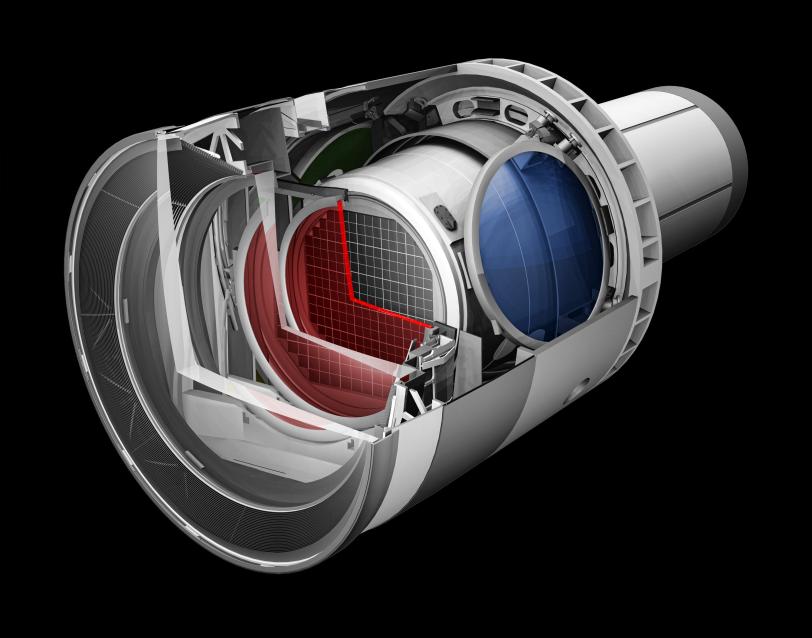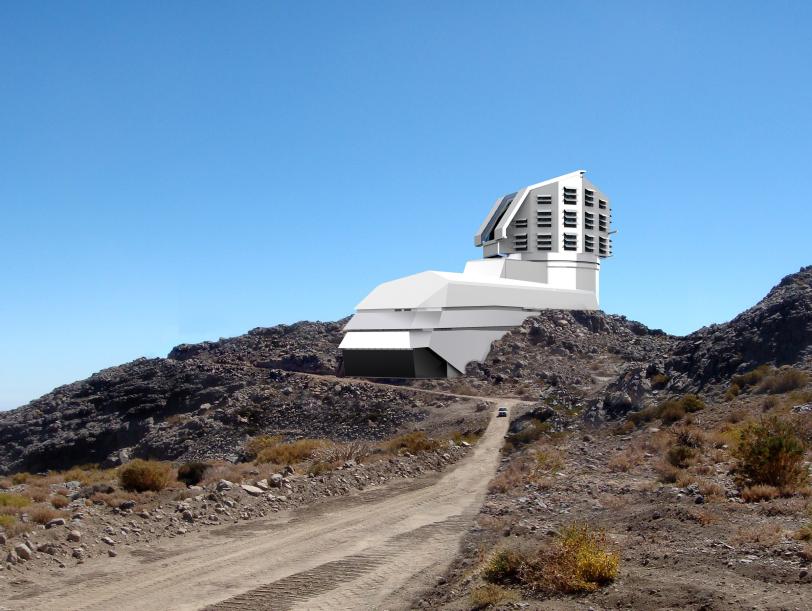Construction of Large Synoptic Survey Telescope to Begin
SLAC is leading the construction of LSST's 3,200-megapixel camera. The telescope will start surveying the entire visible southern sky in 2022.
On August 1, 2014, the National Science Foundation (NSF) announced an award to the Association of Universities for Research in Astronomy (AURA) to manage construction of the Large Synoptic Survey Telescope (LSST); with this announcement, construction of the LSST observatory can begin.
When the LSST observatory starts surveying the entire visible southern sky from a Chilean mountaintop in October 2022, it will produce a unique view of the universe—the widest and fastest views of the night sky ever observed. LSST’s vast public archive of data will dramatically advance knowledge of the dark energy and dark matter that make up much of the universe, as well as galaxy formation and potentially hazardous asteroids. The LSST is expected to see “engineering first light” by 2020.
The Department of Energy’s (DOE) SLAC National Accelerator Laboratory is leading the construction of the 3,200-megapixel LSST camera, which will be the size of a small car and will weigh more than 3 tons. The digital camera will be the largest ever built for astronomy, allowing LSST to create an unprecedented public archive of data – about 6 million gigabytes per year, the equivalent of shooting roughly 800,000 images with a regular 8-megapixel digital camera every night.
LSST is an NSF and DOE partnership. NSF is responsible for the telescope and site, education and outreach, and the data management system, and DOE is providing the camera and related instrumentation. The National Research Council’s Astronomy and Astrophysics decadal survey ranked the LSST as the top new ground-based priority for the field in its 2010 report “New Worlds, New Horizons.”
For more information about LSST, read the fact sheet or visit LSST’s website.
For more information about the AURA/NSF construction announcement, read the press release.
Contact
For questions or comments, contact the SLAC Office of Communications at communications@slac.stanford.edu.
SLAC is a multi-program laboratory exploring frontier questions in photon science, astrophysics, particle physics and accelerator research. Located in Menlo Park, Calif., SLAC is operated by Stanford University for the U.S. Department of Energy's Office of Science.
SLAC National Accelerator Laboratory is supported by the Office of Science of the U.S. Department of Energy. The Office of Science is the single largest supporter of basic research in the physical sciences in the United States, and is working to address some of the most pressing challenges of our time. For more information, please visit science.energy.gov.







